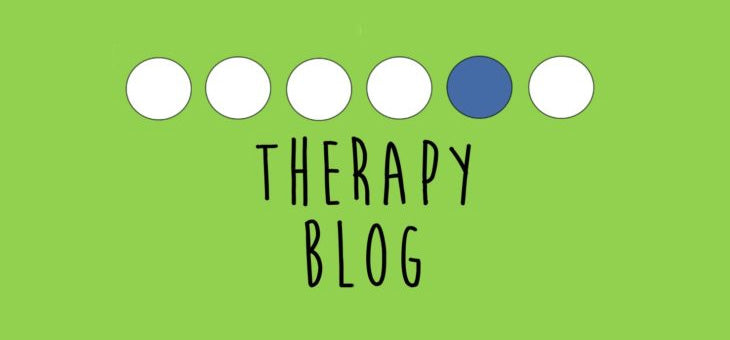What are Adverse Childhood Experiences (ACEs)?
ACEs are potentially traumatic experiences that occur to children under 18 years old that can include intentional or unintentional abuse, neglect, and/or dysfunction.
Common example include: divorce, physical/sexual abuse, household or community violence, household mental illness/suicide or suicide attempts/substance abuse, bullying, serious medical procedures or illnesses.
What is Trauma?
Trauma occurs when a child perceives an ACE as particularly overwhelming, frightening, or harmful and does not have the ability or support to cope with it. Trauma has been shown to result in structural changes to the brain, which leads to the effects shown on the left. It is important to remember that these effects are not just “behavior” and aren’t intentional.
How do I know if my child has experienced trauma?
Some of the signs to look for include:
- Sleep disturbances
- Changes in appetite, weight gain or loss
- Developmental regression (bedwetting, thumb sucking)
- Irritability, moodiness, aggression
- Poor impulse control
- Frequent crying
- Poor concentration
- Detachment or withdrawal from others
- Unexplained body complaints (headache, stomach ache)
Can I prevent my child from experiencing trauma?
While there is no one way to completely prevent your child from experiencing trauma, you can strengthen their protective factors, which include healthy relationships and coping strategies.
- Establish strong relationships by making the child feel safe, initiating and being open to talking about tough events/experiences, providing comfort and nurture through hugs and physical touch, and providing lots of positive feedback and encouragement (good job, I am proud of you).
- Teach coping strategies such as deep breathing, taking breaks when overwhelmed, using preferred sensory input to calm the body(deep squeezes, weighted blankets, taking a sip of water), counting to 3, or positive self-talk (“I am safe” or “I am loved”).
My child has experienced trauma, what should I do?
If your child has experienced trauma, there is hope. By using some of the tips below, along with connecting your child with important resources listed, your child can begin to work through their trauma and its effects.
Tips for Helping Your Child
- Make them feel safe and secure: offer extra cuddling, hugs, and reassurance that they are safe, especially at bed time.
- Respond Calmly: Children look to adults for reassurance, be cautious of your tone of voice, anxiousness, and facial expressions. When they are misbehaving or upset, keep your voice low and acknowledge their feelings. Loud, quick, and physical reactions can make them feel unsafe.
- Encourage Self-Esteem: Provide opportunities for the child to engage in positive experiences where they can learn new skills, be a part of a group, or be of service to others.
- Validate and Reassure Them: Make sure they know it is okay to feel angry, scared, sad, and that it is normal to be having trouble at home and school. Also make sure they know that what happened is not their fault.
- Encourage Discussion: Don’t avoid discussing the difficult topics and be ready to listen. Be sure to follow up tough conversations with a light-hearted stories or activities to make them feel safe and secure.
Resources:
- Occupational therapy: Can help with emotional regulation, coping strategies, sensory difficulties, anxiety, aggression, etc.
- Mental health counseling/therapy
- Online resources:
References
American Occupational Therapy Association [AOTA[. (2015). Occupational therapy’s role in childhood trauma. Retrieved from https://www.aota.org/~/media/Corporate/Files/Practice/Children/Childhood-Trauma-Info-Sheet-2015.pdf
Child Welfare Information Gateway. (2014). Parenting a child who has experience trauma. Retrieved from https://www.childwelfare.gov/pubPDFs/child-trauma.pdf


